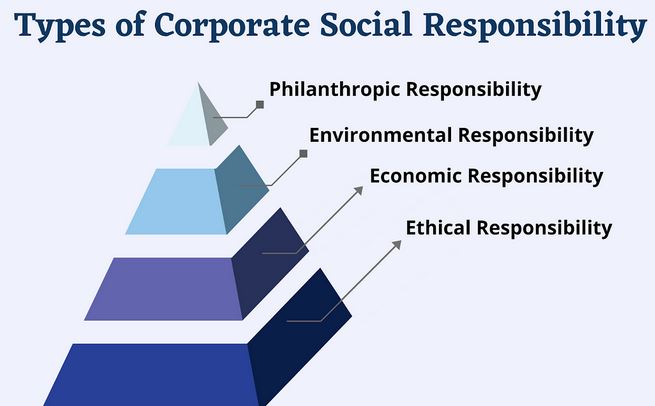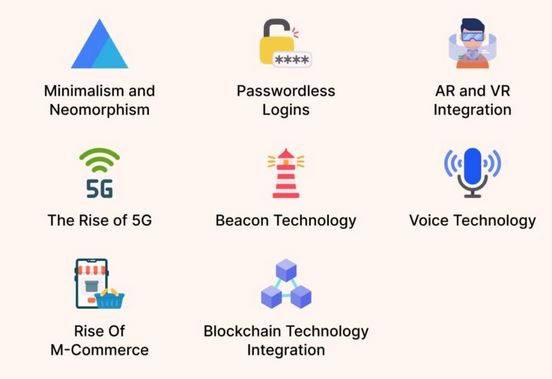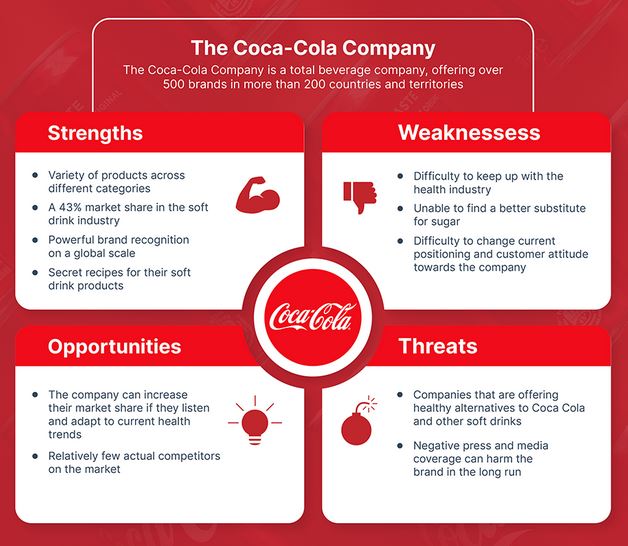
Trends in Health and Wellness Marketing
Introduction
In a world where health and wellness have become top priorities for many individuals, the marketing landscape in this industry is constantly evolving. From promoting fitness programs to selling organic products, health and wellness marketing is a diverse and exciting field that is always adapting to new trends and consumer preferences.
Personalization is Key
One of the major trends in health and wellness marketing is the focus on personalization. Consumers today are looking for products and services that cater to their individual needs and preferences. Brands that can offer personalized experiences, whether through customized fitness plans, tailored nutrition advice, or individualized wellness products, are more likely to capture the attention of their target audience.
Digital Marketing Dominance
With the rise of social media and online platforms, digital marketing has become a dominant force in the health and wellness industry. From influencer partnerships to targeted advertising campaigns, brands are leveraging digital channels to reach a wider audience and engage with consumers in new and innovative ways.
Storytelling for Connection
Effective health and wellness marketing goes beyond promoting products; it tells a story that resonates with consumers on a deeper level. Brands that can connect with their audience through compelling narratives, emotional branding, and authentic messaging are more likely to build strong relationships with customers and foster brand loyalty.
Sustainability and Ethical Practices
As environmental awareness and ethical consumption become increasingly important to consumers, brands in the health and wellness industry are focusing on sustainability and ethical practices. From eco-friendly packaging to sourcing organic ingredients, companies that prioritize sustainability are gaining traction and appealing to a growing segment of conscious consumers.
Wellness Beyond Physical Health
Health and wellness marketing is expanding to encompass not just physical health but also mental, emotional, and spiritual well-being. Brands that promote holistic wellness by offering products and services that address all aspects of a person's health are resonating with consumers who are seeking a well-rounded approach to self-care.
Community Building and Engagement
Creating a sense of community and fostering engagement among consumers is another key trend in health and wellness marketing. Brands that can build a strong community around their products or services, whether through online forums, social media groups, or local events, are able to establish a loyal following and generate word-of-mouth referrals.
Conclusion
Health and wellness marketing is a dynamic and rapidly evolving field that requires brands to stay ahead of the curve and adapt to changing consumer preferences. By embracing trends such as personalization, digital marketing, storytelling, sustainability, holistic wellness, and community building, companies can create impactful campaigns that resonate with their target audience and drive success in the competitive health and wellness industry.
Understanding the Role of Corporate Social Responsibility




